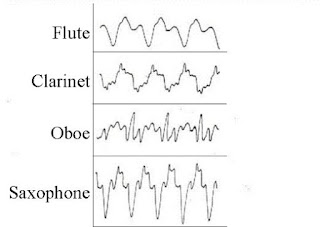The notes of the Phrygian mode go from E to E. Or in the key of C, a Phrygian scale would be C,Db,Eb,F,G,Ab,Bb,C. Examples of pieces in the Phrygian mode are Bach's "Es woll uns Gott genädig sein", Bruckner's Vexilla regis, Liszt's Hungarian Rhapsody No.2, Rimsky Korsakov's Scheherezade, and some monastic hymns and ancient Greek music. The character of this mode is highly unusual compared to the major scale. It is associated with Spanish flamenco music, Hungary, and Egypt, having a very Eastern sound. This mode resembles somewhat the natural minor scale, except for its second scale degree, which is flat in the Phrygian but not the minor scale. For writing music that is evocative of fascinating, moody, perhaps even scary locales, it's hard to do better than the Phyrgian mode. There are certain scales that are similar to it and have properties in common, but they are quite rare. These include the Hungarian minor and harmonic minor scales. In contrast, you sh...
